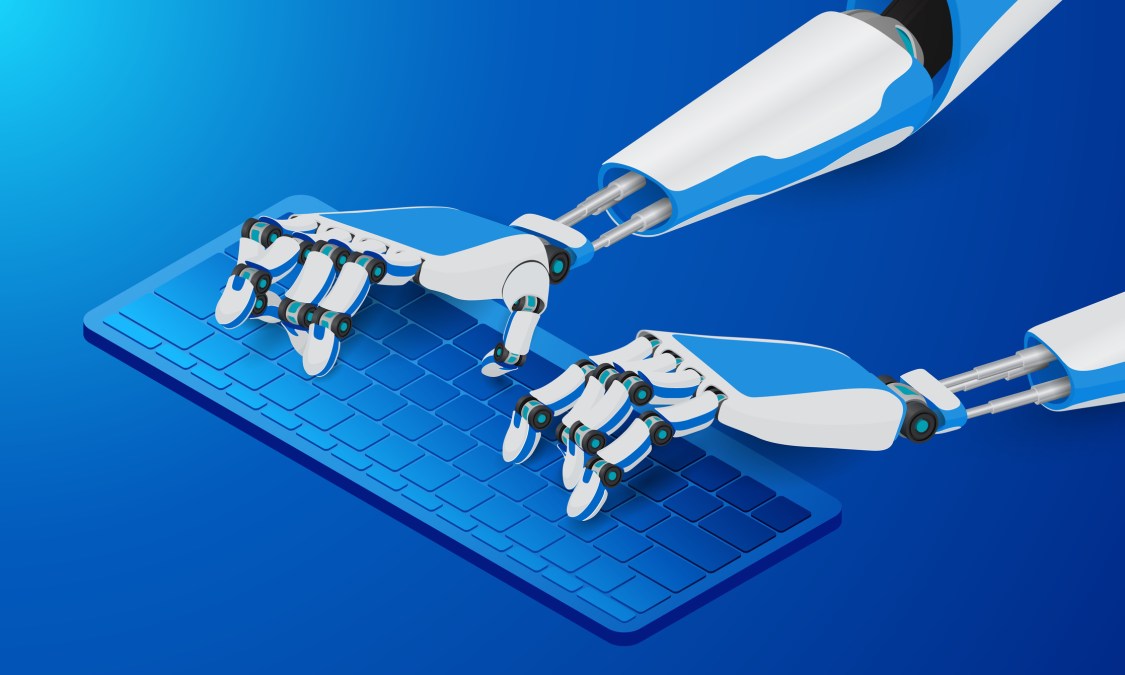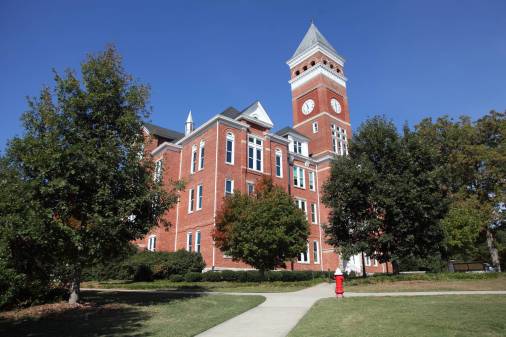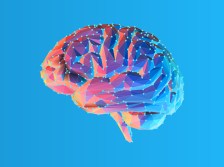Researchers want to know how bad actors are tricking machine learning

To keep emerging technologies like autonomous vehicles and facial recognition systems secure, researchers at the University of Arizona are developing algorithms to identify bad actors carrying out malicious cyber activity.
According to Gregory Ditzler, assistant professor of electrical and computer engineering at University of Arizona, many machine learning algorithms can be easily tricked by introducing false data into their environments, a technique that adversaries can exploit and threaten devices and digital systems with. Ditzler, who also conducts machine learning research at UA, aims to improve these algorithms and, in turn, strengthen cybersecurity. His work to improve this emerging technology has been recognized as critically important to the future of cybersecurity by the National Science Foundation, and has received a five-year, $500,000 Faculty Early Career Development Award from the NSF to support his research, the university announced Monday.
In recent years, machine learning has been increasingly integrated into digital systems and tools like voice assistants to recognize speech, cameras to detect facial features, GPS services to plan optimal routes and self-driving cars to navigate traffic.
“Machine learning is such a hot topic right now because it’s integrated into everything we use in our daily lives – from the computers we use to create Word documents to the cell phones we use to make phone calls, take photos and text,” Ditzler said in a press release.
But according to Ditzler, algorithms can often be tricked into making the wrong calculations.
In a study of Tesla’s self-driving vehicles conduced by Keen Security Lab, researchers were able to confuse the car’s autopilot system, which relies on machine learning, by placing stickers on the road to imitate the appearance of a line. The car detected the stickers, interpreted them to mean that the lane was veering left and steered the car directly into oncoming traffic. In his research at the University of Arizona, Ditzler is investigating what causes this confusion.
Beyond just autonomous vehicles, if an adversary introduces false data into an algorithm’s learning environment, tricking it to misidentify features and make incorrect calculations, a wide swath of technologies that rely on machine learning can be opened to cyber threats.
Ditzler’s research also looks at machine learning in nonstationary environments. Algorithms can be developed to recognize a particular set of security threats, like fraudulent activity in bank accounts, but with the threat landscape constantly evolving, machine learning models need to be able to learn continuously and adapt to changes.
“If you took data from 10 years ago to make a model for investing in the stock market and apply it to today’s economy, it wouldn’t work,” Ditzler said. “Many algorithms are static. You train them and deploy them, but realistically they have to be able to change over time.”




